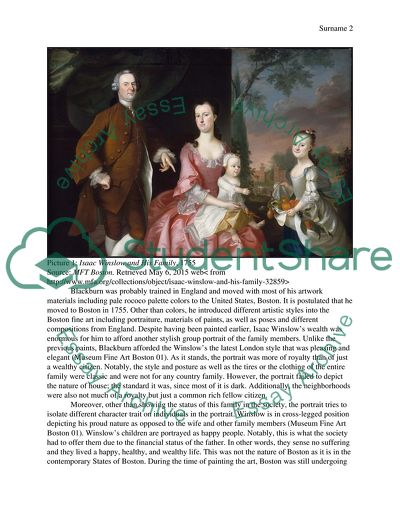Cite this document
(The Art of Boston - Culture, History, and the City Essay, n.d.)
The Art of Boston - Culture, History, and the City Essay. https://studentshare.org/visual-arts-film-studies/1874713-the-art-of-boston-the-culture-the-history-the-city
The Art of Boston - Culture, History, and the City Essay. https://studentshare.org/visual-arts-film-studies/1874713-the-art-of-boston-the-culture-the-history-the-city
(The Art of Boston - Culture, History, and the City Essay)
The Art of Boston - Culture, History, and the City Essay. https://studentshare.org/visual-arts-film-studies/1874713-the-art-of-boston-the-culture-the-history-the-city.
The Art of Boston - Culture, History, and the City Essay. https://studentshare.org/visual-arts-film-studies/1874713-the-art-of-boston-the-culture-the-history-the-city.
“The Art of Boston - Culture, History, and the City Essay”. https://studentshare.org/visual-arts-film-studies/1874713-the-art-of-boston-the-culture-the-history-the-city.


